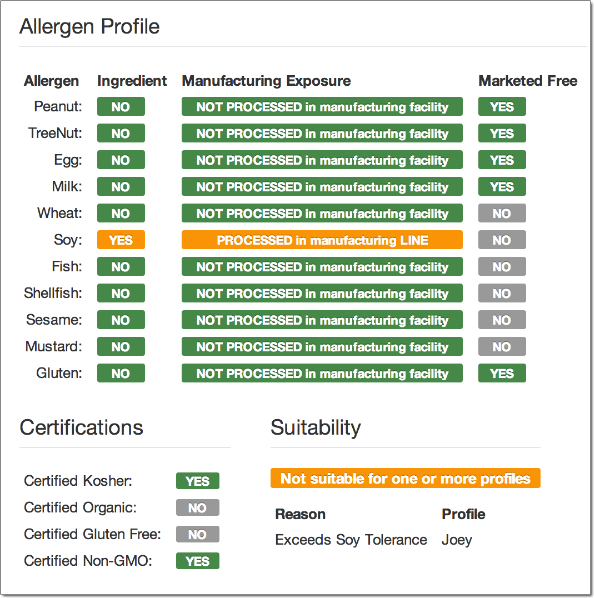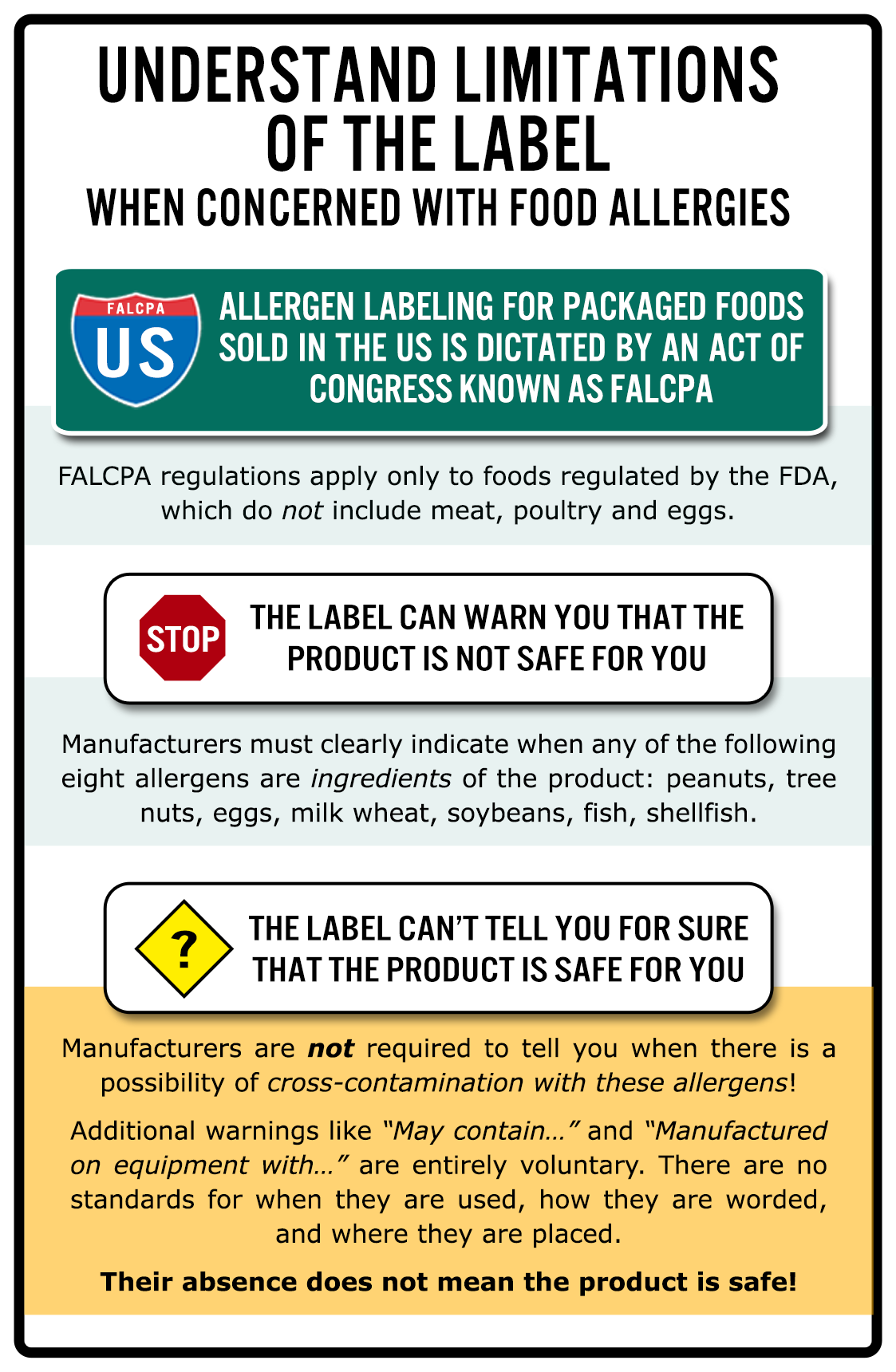A study published in the Journal of Allergy and Clinical Immunology: In Practice confirms what many families coping with food allergy have known all along: food labels can be confusing at best.
The study surveyed 6,584 consumers in the U.S. and Canada on their purchasing habits of food products with various labels about possible allergen exposure due to food processing. Most participants were caregivers of a food-allergic child, while the rest had food allergy themselves.

“Our findings underscore the challenges people with food allergies face in deciding if a food product is safe to eat,” said senior author Ruchi Gupta, MD, MPH, pediatrician and researcher at Ann & Robert H. Lurie Children’s Hospital of Chicago and Associate Professor of Pediatrics and Medicine at Northwestern University Feinberg School of Medicine. “Currently, precautionary allergen labeling is voluntary and the statements used lack consistency, making it more confusing for consumers. They also do not reflect how much allergen is in the product, which is something consumers need to know to assess food allergy risk.”
Consumers had many misconceptions of labeling requirements. Half believed that labeling for possible cross-contact with allergens is mandatory (it isn’t) and a third believe that precautionary “may contain” type statements reflect the amount of allergen in the product (they do not.) 11% bought food with “may contain” labeling, while 40% bought a product with “manufactured in a facility that also processes” statement.
“There is clearly a need for regulation and standardization of precautionary allergen labeling to help consumers make safe food choices,” said Gupta.
We remind our readers that we created the SnackSafely.com Manufacturer Partnership – now numbering over 60 manufacturers – to combat this ambiguity in US labeling. Partner manufacturers agree to disclose much more information regarding the potential for cross-contact with 11 allergens than the FDA requires, and consumers have access to the information via our free Allergence product screening service.
Here’s a sample of the information we provide via Allergence:

Please refer to this handy graphic which describes the limitations of advisory allergen labeling in the US:







